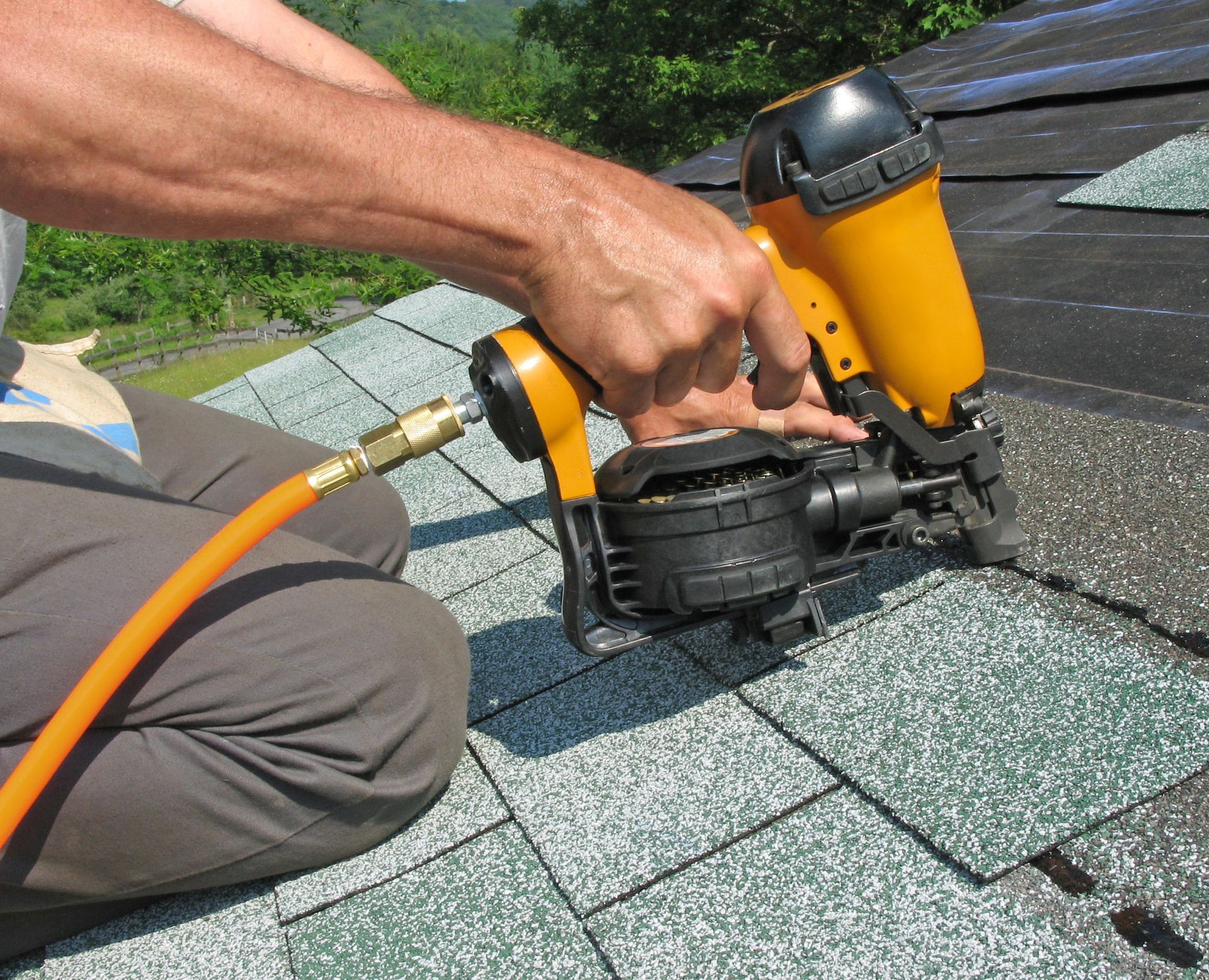The roof over your head is one of the most vital components of your home, offering protection, comfort, and peace of mind. However, like every part of a house, even the strongest roof has a limited lifespan and will eventually need replacement. Recognizing when that time has come is essential to avoiding costly repairs and maintaining your property’s integrity. Below are three key warning signs that indicate your roof may require attention or a full replacement.
Watch For Water Damage and Leaks
Water damage and leaks are among the clearest indicators that something is wrong. If you notice stains on your ceiling or walls, it could mean your roof’s protective barrier has been compromised. Left unaddressed, these issues can lead to structural deterioration, mold growth, and expensive interior damage. In some cases, moisture may even seep into insulation or electrical systems, creating potential safety hazards. Early detection is key—schedule a professional inspection as soon as you spot signs of water intrusion. Prompt action can prevent minor leaks from spreading and help you avoid the need for extensive repairs later.
Understand Your Roof’s Expected Lifespan
According to Roofer’s Guild, the average roof lasts between 25 and 50 years, though the exact lifespan depends greatly on the roofing material and type of property. From our experience, asphalt shingles typically last up to 30 years, while metal and slate roofs can exceed 50 years. Climate, maintenance habits, and ventilation all play significant roles in determining longevity. Understanding the expected lifespan of your roof allows you to plan for replacement and avoid unexpected emergencies. Regular inspections—especially after storms—can help you stay proactive and extend the life of your roofing system.
Inspect the Condition of Your Shingles
Another clear sign is the condition of your shingles. Curling, cracking, or missing shingles not only diminishes your home’s appearance but also leaves it vulnerable to water intrusion. Once shingles begin to fail, they can no longer provide the necessary protection. In severe cases, granule loss can accelerate deterioration, exposing the underlying materials to sun and rain. Addressing this promptly helps prevent further damage and saves money over time, ensuring your roof continues to protect your home for years to come.
Regular roof maintenance is crucial to preserving your home’s value and safety. Paying attention to signs like leaks, aging materials, and shingle deterioration can help you determine when roof replacement is necessary. Don’t wait until minor issues turn into major repairs—take proactive steps to protect your home and ensure lasting comfort for years to come. Reach out to Hans Roofing & Siding Inc today for reliable roof replacement or repairs.



